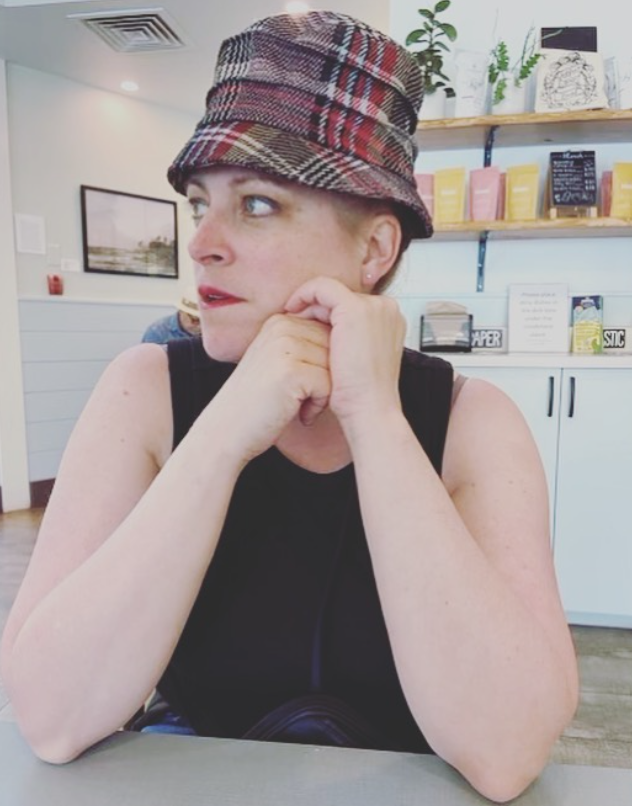Teaching, It’s a Calling!
In the heart of every teacher is this kid.
https://www.youtube.com/watch?v=Qj0Th_gfW8M
It’s why we chose the profession.
It’s why it chose us.
It’s our calling.
Don’t believe me.
Think about this.
Elizabeth Gilbert (author of Eat Pray Love) has a beautiful quote about the nature of a calling.
(Note for today’s purposes substitute the word teaching for writing.)
I believe that-if you are serious about a life of writing, or indeed about any creative form of expression – you should take on this work like a holy calling. I became a writer the way other people become monks or nuns…I was writing’s most devotional hand maiden. I built my entire life around writing – Elizabeth Gilbert
So what I am trying to say….LIVE that CALLING.
SING THOSE ABC’s loud for those to hear.
Whatever grade you teach.
Whatever subject you teach.
Let that passion through.
Remember that inner child?
That is when your passion began.
Let it out!
Welcome him or her to the stage.
They won’t let you down.
So…LIVE YOUR CALLING.
Oh…and have an AMAZING year everyone!
Love
Coach Brandi

